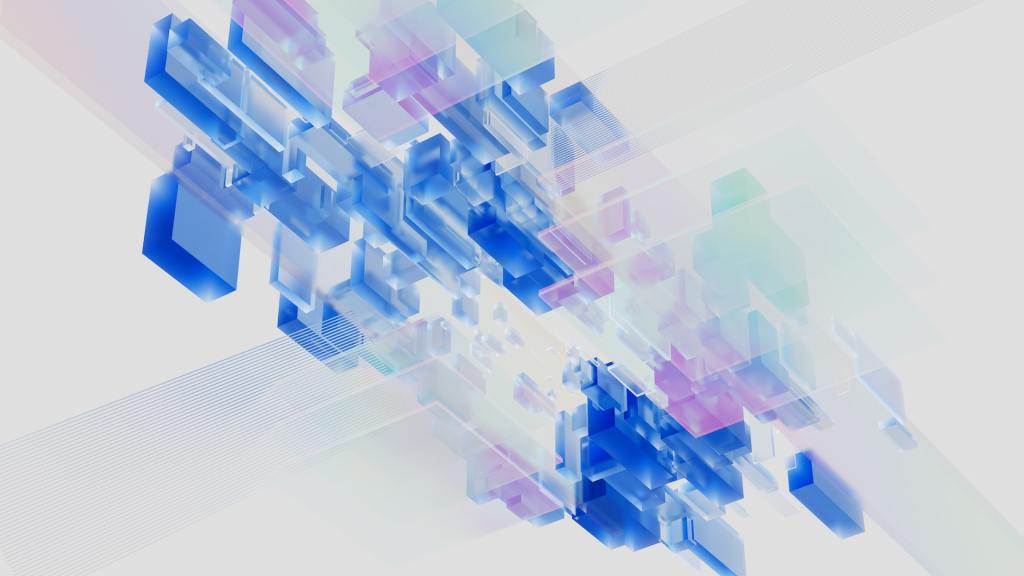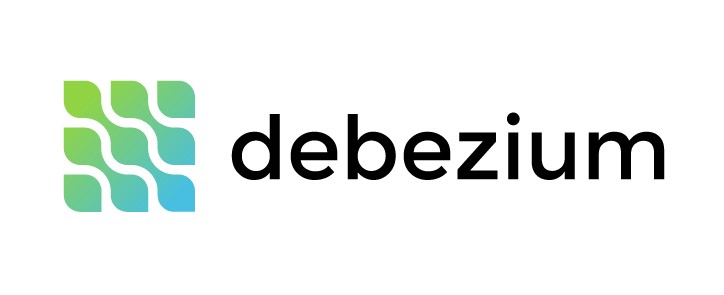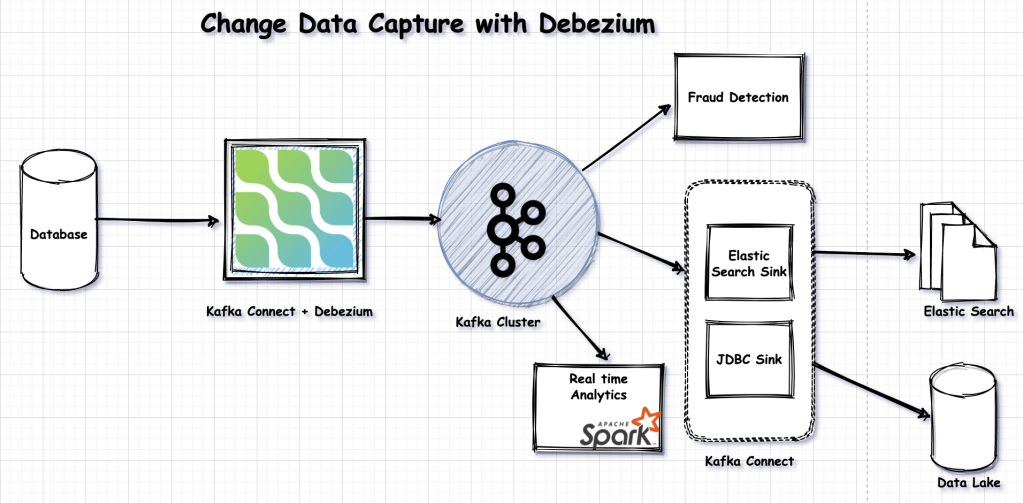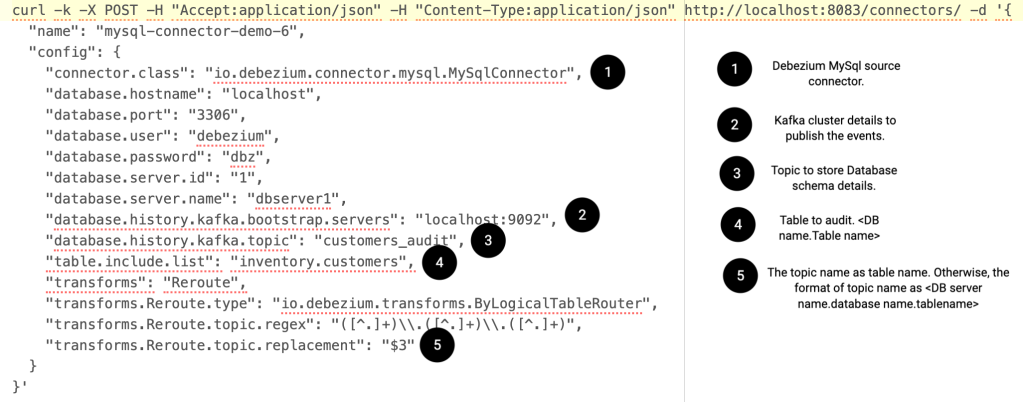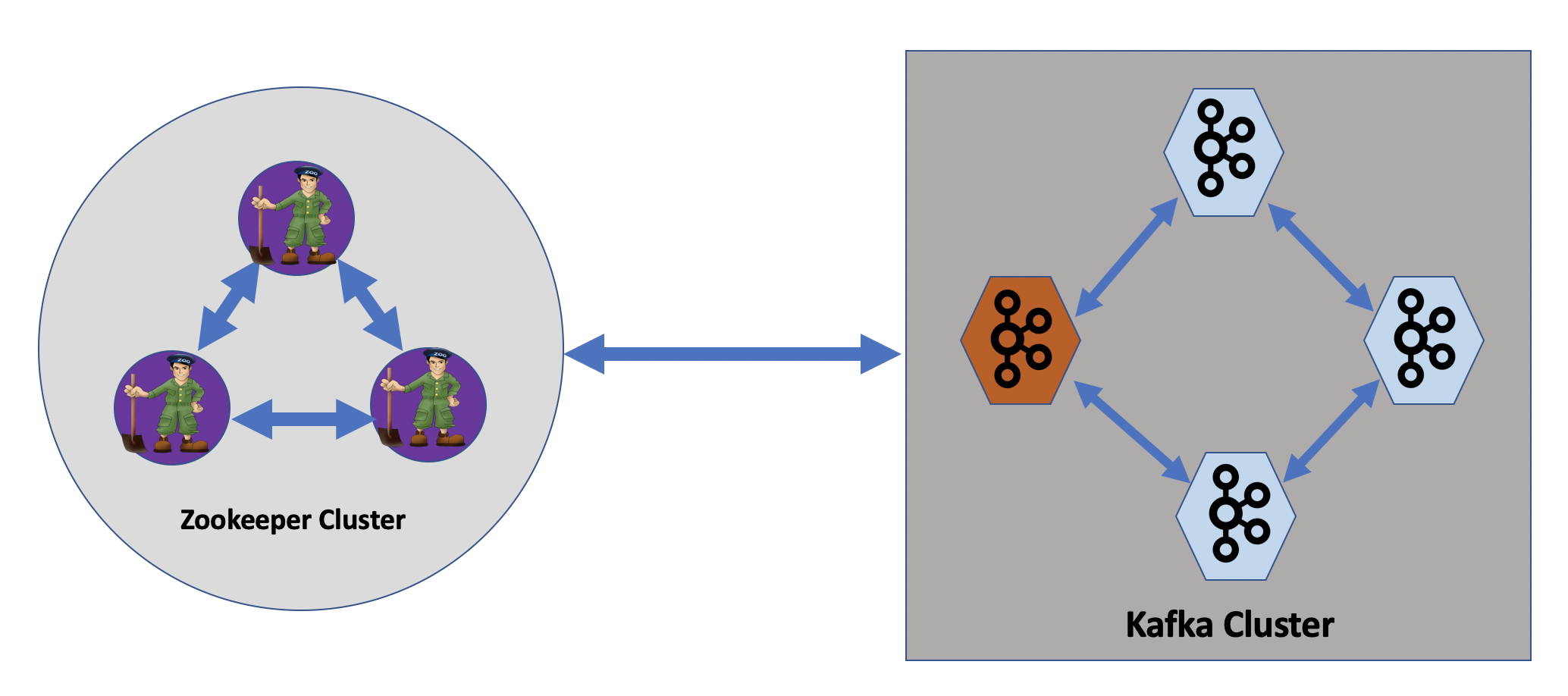The landscape of data management is undergoing a tremendous transformation. As organizations are dealing with the exponential growth and diversification of data, the limitations of traditional relational databases (RDBMS) and non-relational databases (NoSQL) become increasingly apparent. In this evolving landscape, NewSQL databases have emerged as a potential game changer, offering a compelling blend of scalability and consistency.
What are NewSQL Databases?
NewSQL databases represent a new breed of database technologies designed to bridge the gap between the scalability and flexibility of NoSQL databases and the consistency and ACID compliance of RDBMS. They achieve this by leveraging a range of architectural advancements, including:
- Distributed Architecture: This enables horizontal scaling across multiple servers, allowing NewSQL databases to handle massive datasets and concurrent transactions with out any issue.
- In-memory Storage: By storing data in RAM instead of on disk, NewSQL databases offer significantly faster read and write operations, enhancing overall performance.
- ACID Compliance: NewSQL databases uphold the principles of Atomicity, Consistency, Isolation, and Durability (ACID), ensuring data integrity and reliability even in complex transactional scenarios.
Drivers for NewSQL Adoption
Several key factors are driving the rapid adoption of NewSQL databases:
- The Data Explosion: The volume and variety of data generated in today’s digital era necessitates scalable solutions. Traditional databases often struggle with this explosive growth, making NewSQL an alternative.
- Real-time Analytics: Businesses increasingly demand insights from their data in real-time to make informed decisions. The speed and agility of NewSQL databases make them ideal for supporting real-time analytics.
- Data Integrity Demands: Industries like finance and healthcare require uncompromising data integrity. NewSQL databases fulfill this critical need by guaranteeing ACID compliance for accurate and reliable data handling.
Why Choose NewSQL?
Organizations looking to harness the power of NewSQL can expect numerous benefits:
- Scalability: Seamlessly scale horizontally to accommodate growing data volumes and user bases without impacting performance.
- Performance: Leverage in-memory storage and distributed architecture for exceptional performance, ideal for demanding workloads.
- Consistency: Ensure data integrity and consistency even in complex transactions with ACID compliance.
- Flexibility: Adapt to diverse data types and application requirements with flexible data models.
- Cost-effectiveness: Open-source NewSQL options offer cost-effective solutions accessible to various organizations.
What are the challenges to consider while adopting NewSQL?
While NewSQL offers significant advantages, organizations should also be aware of some potential challenges:
- Maturity: As a relatively new technology, NewSQL databases may lack the long-term track record and stability of established database solutions.
- Complexity: Managing and maintaining a distributed, feature-rich NewSQL database can be more complex than traditional database solutions.
- Limited Ecosystem: The ecosystem of tools and services supporting NewSQL is still under development, potentially impacting integration with existing infrastructure.
Examples of Leading NewSQL Databases:
- Google Spanner
- CockroachDB
- TiDB
- YugabyteDB
- MariaDB
Here is a comparison of Google Spanner, CockroachDB, TiDB, YugabyteDB, and MariaDB capabilities:
| Feature | Google Spanner | CockroachDB | TiDB | YugabyteDB | MariaDB |
| Scalability | Horizontal | Horizontal | Horizontal | Horizontal | Vertical |
| Consistency | ACID | ACID | ACID | ACID | ACID |
| Open Source | No | Yes | Yes | Yes | Yes |
| Cloud-based | Yes | Yes | Yes | Yes | No |
| In-memory Storage | Yes | Yes | Yes | Yes | No |
| SQL Compatibility | Yes | Yes | Yes | Yes | Yes |
| Multi-region Support | Yes | Yes | Yes | Yes | No |
| Real-time Analytics | Yes | Yes | Yes | Yes | Yes |
| Cost | High | Medium | Medium | Medium | Low |
NewSQL databases offer a paradigm shift in data management, presenting a compelling solution that bridges the gap between scalability and consistency. While still evolving, NewSQL has the potential to revolutionize various data-driven applications. By carefully evaluating their specific needs and requirements, organizations can leverage the power of NewSQL to gain a competitive edge in the digital era. Remember, the choice between NewSQL and other options depends on your unique data landscape.





